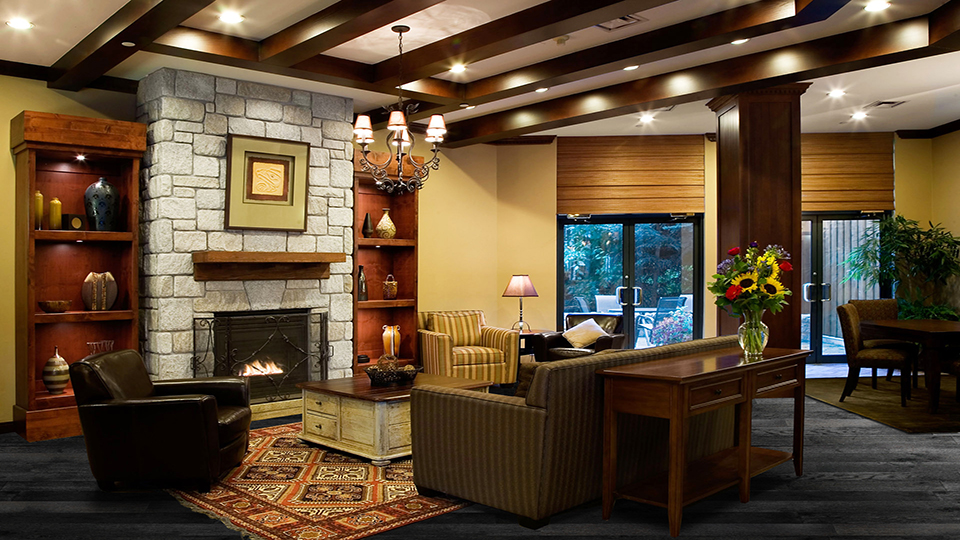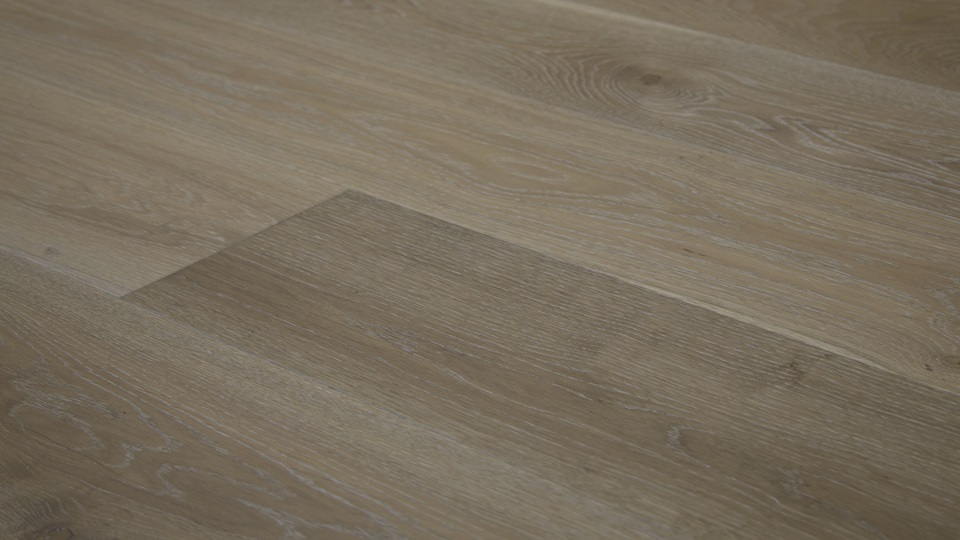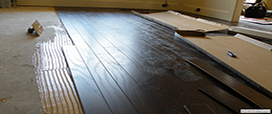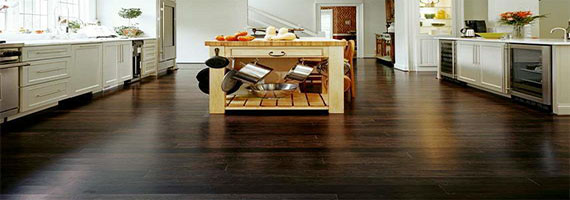
Value Oak – Onyx has very natural grain patterns, which are indistinguishable from traditional solid wood flooring.
What is the installation of Ferma Flooring Solid Hardwood?
Can solid hardwood be glued down?
No, all solid hardwood should be nailed down.
What tools will I need to install my solid hardwood?
- Pneumatic Flooring Nailer
- Drill with Drill Bits
- Drill Bits
- Hammer
- Nail Set
- Nails
- Circular Saw, Miter Saw or Table Saw
- Pry Bar
What do I need to do before having Solid Hardwood?
Please don’t store the hardwood in your garage or on a porch. You will need to prepare an area for acclimation of the hardwood. Usually, you will need a project size of 10×10 area. Proper acclimation reduces the amount of natural movement for wood floor.
When it is time for us to install, please clear all the items in the area, including future and personal items. If necessary, you might also need to clear the countertop.
Can you install solid hardwood over existing solid hardwood flooring?
Yes. It’s actually very time-saving for you to install new hardwood over older wood floors. Besides, directly remove the old hardwood might be dangerous.
Is Solid Hardwood easy for a Do-It-Yourself installation? What are the tips and tricks?
Ferma Flooring Solid hardwood are all Nail Down installations. It is very difficult for a Do-It-Yourself installation, but not impossible. Here are the tips:
- Choose the Boards: For the room installation, please make selection in species and widths.
- Measure the Room: To obtain square footage, you will need to measure the width and length of the room. If you are ordering solid hardwood, you should tolerate 10-15 percent for irregular boards and any cutting mistake.
- Check for a Squeaky Floor: Investigate the sub-floor. Plywood sub-floor must be at least 3/4″. Squeak might occur in subfloor and joist– double check there is no screw in these areas. Take away shoe-molding and clean the room thoroughly.
- Roll Out the Vapor Barrier Paper: Roll out strips of vapor barrier paper. Tar paper or felt (15 pound) is relatively inexpensive. Record the location of joists along the baseboards.
- Start Installation: The installation should be started at the longest clear wall. Get rid of shoe molding, and draw a line 3/8″ from the baseboard for expansion and contraction.
- Place the Boards: Select a long board at the beginning. Bring the edge of the board to the line. Drill holes down through the hardwood plank and into the sub-floor and joist. Set the nail with nail-set.
- Hand-Nail the Roll: After the first few rows have been installed, drill holes down into the tongue of each board. Then, hand-nail the rolls until there is enough clearance for the pneumatic nail gun.
- Cutting the Baseboard: Try to find a piece that fit and leave 10 to 12 inches when cutting along the baseboards. Don’t always need to get it real close and throw out the end piece.
- Fill in the Gaps: Be sensitive to the way the ends fit together. One end has a tongue and the other end has a groove – this is called end matched. Make sure to always cut the wall end of the wood so that you do not cut off the groove that fits to the tongue. If that happens, that would result in a pretty big gap.
- Fit Last Board into Place: If there’s only narrow space for the last board, measure the gap and cut the board to fit into place. At the end of wall, please leave a 3/8″ space for expansion and contraction.
What if I have radiant in-floor heating?
Moisture is very bad for solid hardwood. For a radiant heat, moisture problems is greatly increased because radiant heat dramatically exacerbates moisture fluctuations in solid hardwood.
Why do I need underlayment? Isn’t prep work enough?
Prep work is critical but underlayment is equally important for the following reasons:
1) To smooth out any undetected rough edges, small dips, or rises in the subfloor
2) To make the floor softer to walk on
3) To provide sound insulation
4) To provide protection against moisture
5) To prevent problems in the future due to settling.
What are the different types of underlayment?
1.The standard underlayment: 12 mil (3mm) EPE with one side 0.04mm Polyethylene film for regular uses.
2. Premium underlayment: 12 mil (3mm) EVA with one side 0.04mm Polyethylene film for better moisture protection and sound improvement.
References:
- https://oaklinefloors.net/expect-solid-hardwood-flooring-project-remodels/
- http://www.uptownfloors.com/installation/over-old-floors.htm
- http://www.diynetwork.com/how-to/rooms-and-spaces/floors/how-to-install-a-hardwood-floor
- http://www.greenbuildingsupply.com/Learning-Center/Flooring-Underlayment-LC/Underlayment-Basics





